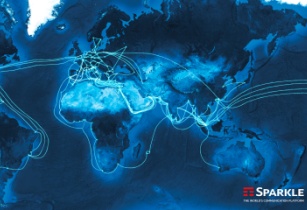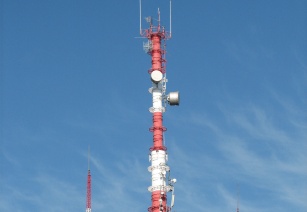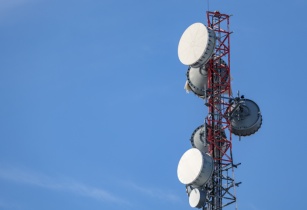The worldwide spend on IoT is anticipated to pass US$1 trillion by 2024, according to the IDC Worldwide Semi-annual IoT Spending Guide forecast of May 2021
This means, according to Mark Walker, associate vice-president for sub-Saharan Africa at IDC Middle East, Africa and Turkey, IoT use cases are on the rise, particularly in South Africa.
“South Africa is one of the fastest-growing IoT markets in the MEA region and is expected to grow at a CAGR of 14% from 2020 to 2025,” he added. “Telecommunications, manufacturing, logistics, transport and the government sectors are leading the way in terms of IoT adoption.”
Manufacturing, ahead on the curve when it comes to the adoption of emergent technologies to transform operations and reduce costs, is already using IoT to streamline efficiencies and capabilities. The sector will likely continue to use IoT and AI algorithms to deliver value through data aggregation and analytics. On the consumer front, vehicular IoT applications and smart home devices are gaining traction; while in the public sector, municipalities are adopting IoT for intelligent transportation and public safety enhancements.
“IoT use cases will likely increase in the financial services, energy, agriculture and healthcare industries over the next few months,” said Walker. “The pandemic has also accelerated the adoption of IoT use cases such as surveillance solutions, personal protection equipment monitoring, and device management to improve the quality of safety for employees and professionals working in the healthcare sectors.”
There are multiple applications for IoT and these have come down significantly in both cost and complexity. The use cases, the applications, and the innovations that surround the technology have evolved considerably since IoT was first seen sliding onto the IT desk or boardroom table. Now, global organisations have found measurable business value from IoT applications that range from improved business productivity and process efficiency to improved customer experiences, product quality, and cost-efficiency.
IoT in South Africa
Several challenges are impacting comprehensive adoption. Currently, there is a lack of understanding around the business benefits of IoT, concerns around cybersecurity and privacy, limited skills and resources, and difficulty proving return on investment (ROI). These challenges are affecting budget allocations and overall IoT adoption rates.
“There are measurable benefits to IoT implementations and applications. The technology has proven results in reducing operational and maintenance costs, and has shown organisations that it can be applied intelligently to deliver measurable value to the business and the bottom line,” added Walker. “An organisational-level IoT investment plan is a solid move to make, and South African organisations are expected to gain the same competitive advantages by making IoT investment plans and setting out strategic IoT roadmaps.”
To overcome the lingering concerns that shroud IoT investment in the country, service providers should proactively address these issues and remove the stumbling blocks that are preventing increased IoT adoption. They should develop ROI calculators that help technology buyers estimate their business outcomes and expenses so they can gain buy-in from senior management. It is also worth providing companies with end-to-end IoT solutions that encompass the overall requirements of the business and underpin its ability to achieve strategic objectives.



































